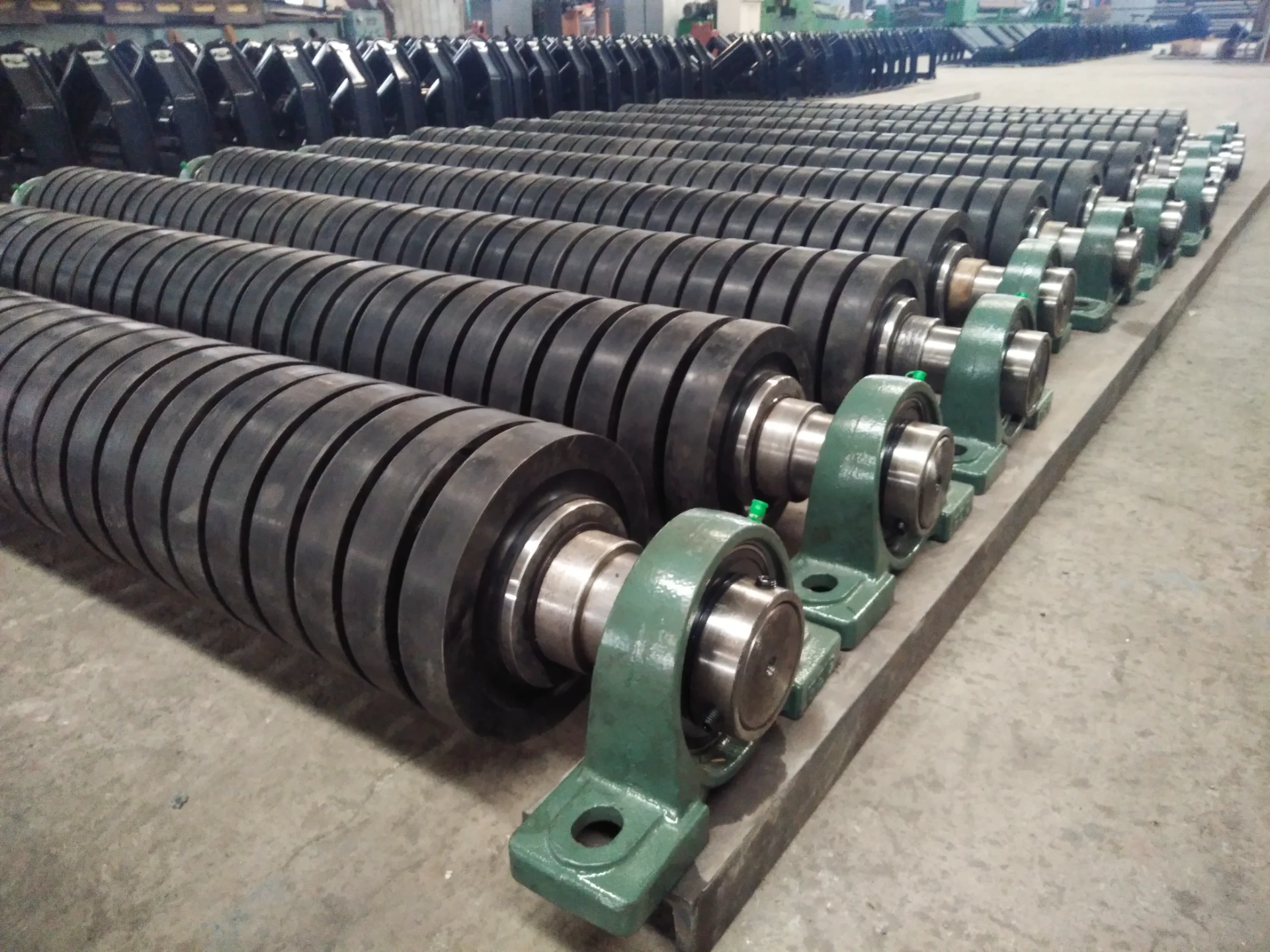 Afrikaans
Afrikaans  Albanian
Albanian  Amharic
Amharic  Arabic
Arabic  Armenian
Armenian  Azerbaijani
Azerbaijani  Basque
Basque  Belarusian
Belarusian  Bengali
Bengali  Bosnian
Bosnian  Bulgarian
Bulgarian  Catalan
Catalan  Cebuano
Cebuano  Corsican
Corsican  Croatian
Croatian  Czech
Czech  Danish
Danish  Dutch
Dutch  English
English  Esperanto
Esperanto  Estonian
Estonian  Finnish
Finnish  French
French  Frisian
Frisian  Galician
Galician  Georgian
Georgian  German
German  Greek
Greek  Gujarati
Gujarati  Haitian Creole
Haitian Creole  hausa
hausa  hawaiian
hawaiian  Hebrew
Hebrew  Hindi
Hindi  Miao
Miao  Hungarian
Hungarian  Icelandic
Icelandic  igbo
igbo  Indonesian
Indonesian  irish
irish  Italian
Italian  Japanese
Japanese  Javanese
Javanese  Kannada
Kannada  kazakh
kazakh  Khmer
Khmer  Rwandese
Rwandese  Korean
Korean  Kurdish
Kurdish  Kyrgyz
Kyrgyz  Lao
Lao  Latin
Latin  Latvian
Latvian  Lithuanian
Lithuanian  Luxembourgish
Luxembourgish  Macedonian
Macedonian  Malgashi
Malgashi  Malay
Malay  Malayalam
Malayalam  Maltese
Maltese  Maori
Maori  Marathi
Marathi  Mongolian
Mongolian  Myanmar
Myanmar  Nepali
Nepali  Norwegian
Norwegian  Norwegian
Norwegian  Occitan
Occitan  Pashto
Pashto  Persian
Persian  Polish
Polish  Portuguese
Portuguese  Punjabi
Punjabi  Romanian
Romanian  Russian
Russian  Samoan
Samoan  Scottish Gaelic
Scottish Gaelic  Serbian
Serbian  Sesotho
Sesotho  Shona
Shona  Sindhi
Sindhi  Sinhala
Sinhala  Slovak
Slovak  Slovenian
Slovenian  Somali
Somali  Spanish
Spanish  Sundanese
Sundanese  Swahili
Swahili  Swedish
Swedish  Tagalog
Tagalog  Tajik
Tajik  Tamil
Tamil  Tatar
Tatar  Telugu
Telugu  Thai
Thai  Turkish
Turkish  Turkmen
Turkmen  Ukrainian
Ukrainian  Urdu
Urdu  Uighur
Uighur  Uzbek
Uzbek  Vietnamese
Vietnamese  Welsh
Welsh  Bantu
Bantu  Yiddish
Yiddish  Yoruba
Yoruba  Zulu
Zulu conveyor belt return rollers
Understanding Conveyor Belt Return Rollers
In the industrial landscape, conveyor systems play a pivotal role in enhancing efficiency and productivity. Among the key components of these systems are the conveyor belt return rollers, which are essential for the effective operation of conveyors across various sectors including manufacturing, mining, and logistics.
What are Conveyor Belt Return Rollers?
Conveyor belt return rollers, often referred to as return idlers, are components situated along the return pathway of a conveyor belt. Their primary function is to support the belt as it returns to the conveyor's loading point after discharging its cargo. Typically found in horizontal and inclined conveyor systems, return rollers are crucial for maintaining the belt's tension and alignment, minimizing wear and tear, and ensuring the belt operates efficiently.
Types of Return Rollers
Return rollers come in different designs and configurations to accommodate various operational needs. The common types include
1. Flat Return Rollers These are the simplest type, featuring a cylindrical shape that provides a flat surface for the belt to return. They are best suited for standard belt applications without significant lateral movement.
2. Trough Return Rollers Designed with a slight curve, trough return rollers help in guiding the belt and are beneficial in applications where the belt may sag. They are ideal for conveyor systems handling bulk materials.
3. Impact Rollers These specialized rollers are equipped with shock-absorbing features to withstand heavy loads and minimize damage during transportation. Impact rollers are critical in preventing belt deformation and ensuring a smooth return.
4. Self-Cleaning Rollers These are designed to help eliminate debris and spillage that may accumulate on the return side of the belt. They are particularly important in environments where material spillage can become a hazard or lead to inefficiencies.
Benefits of Conveyor Belt Return Rollers
The integration of high-quality return rollers in a conveyor system presents various advantages
conveyor belt return rollers

2. Improved Efficiency Return rollers ensure a smooth transition of the belt back to its original position, minimizing friction and energy consumption, which leads to improved operational efficiency.
3. Reduced Downtime With properly functioning return rollers, there's a decreased likelihood of belt misalignment or breakdown, allowing for continuous operation and minimizing production delays.
4. Safety Well-maintained return rollers reduce the risk of spillage or accidents associated with misaligned belts, ensuring a safer working environment.
Maintenance Practices
To maintain the efficiency of conveyor belt return rollers, regular inspections and maintenance are crucial. Here are some best practices
- Routine Inspections Schedule regular checks for wear and tear on rollers, considering factors such as bearing conditions and roller alignment.
- Lubrication Keeping roller bearings well-lubricated prevents friction and extends the lifespan of the components.
- Cleaning Regular cleaning of the return rollers can prevent material build-up, which can lead to imbalances and reduce efficiency.
- Replacement Timely replacement of worn or damaged rollers is essential to ensure the continued efficacy of the conveyor system.
Conclusion
Conveyor belt return rollers are fundamental to the smooth operation and longevity of conveyor systems. By understanding their types, benefits, and maintenance, industries can enhance their productivity and ensure safe material handling. As technology advances, the development of more efficient and durable return rollers will continue to be a focus, helping industries meet the ever-increasing demands for efficiency and reliability in material transportation. Investing in quality rollers and adopting proactive maintenance practices is key to achieving optimal performance in any conveyor system.
-
Revolutionizing Conveyor Reliability with Advanced Rubber Lagging PulleysNewsJul.22,2025
-
Powering Precision and Durability with Expert Manufacturers of Conveyor ComponentsNewsJul.22,2025
-
Optimizing Conveyor Systems with Advanced Conveyor AccessoriesNewsJul.22,2025
-
Maximize Conveyor Efficiency with Quality Conveyor Idler PulleysNewsJul.22,2025
-
Future-Proof Your Conveyor System with High-Performance Polyurethane RollerNewsJul.22,2025
-
Driving Efficiency Forward with Quality Idlers and RollersNewsJul.22,2025





























